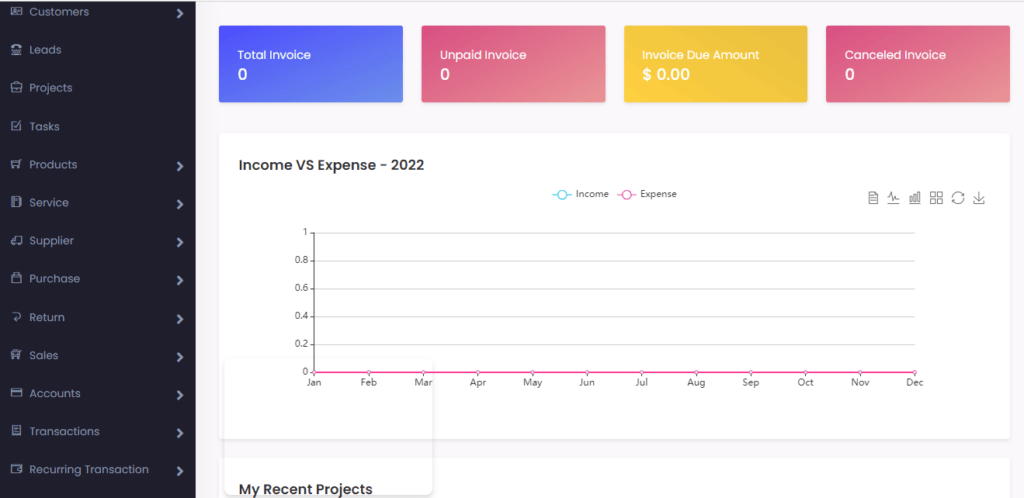

Data from properly sourced and linked data can are crucial since they are able to significantly enhance marketers\’ understanding of their customers and enhance the experience for customers. Certain organizations are on this path, but many haven\’t yet started on their journey to data and are squandering opportunities as they try to determine how to make use of data to produce effective, tangible outcomes.

The wide range of data challenges
The main issue is straightforward It is the fact that there is excessive data that is vastly dispersed across different systems. In reality 76% of front-office executives believe that their organization has data that is used widely or at a scale, which will increase to 100% within three years. It\’s only important to those who ask the right questions that they need to be able to answer with the data. Only 26% of businesses declare that they are able to translate customer information into action (the percentage increases to a staggering 55 percent when the pool consists of the top firms). [1]
The issue of fragmentation is further aggravated due to the tendency of many marketers to overload their customers with messages. Different systems could refer to different methods of outreach that bury customers beneath the weight of too many repeated marketing messages.
Marketers might consider the CRM platform as the primary source for all information about customers however, a large portion of the data about a customer\’s behavior does not reside there. The order data is stored on an additional enterprise platform, which includes information regarding upsells and purchases. It\’s typically an email management system that records how customers react to marketing communications, targeted and general. In addition, you can add website and third-party data coming from external sources and the data apex that marketers have to contend with becomes clear.
It could be that a company will not capture vital information because the third-party systems it uses don\’t communicate the appropriate information at the right time throughout the customer\’s lifecycle. Recognizing the weaknesses in both technological and organizational processes is an essential aspect in enhancing the data landscape for marketers.
Take, for example, an pharmaceutical company who wants to have a 360-degree view on its clients. It is possible that they have identified webinars that are attended by health professionals to be vital sources of data about customers but cannot access the details about the attendees. Another challenge is to determine which location (as on what platform) to collect the 360-degree picture of data, using different datasets from various sources.
Some organizations could have an opposite issue to deal with. If we take the example of a pharmaceutical company Perhaps it has an understanding of the technology infrastructure for collecting details about the participants of an online conference, but the company has not yet determine its primary objectives. This is crucial. Once you have identified the appropriate marketing KPIs will you be able to work backwards from there , to determine the data you require from where, and how you can bring all of it together to produce actionable insights.
Even those who are well-versed in these areas may have additional concerns However. Privacy protection–because companies are committed to it and because new regulations require it is essential particularly for marketers who have the code for data that is cracked. If you don\’t have security, the most sophisticated data-driven marketing campaign could be a total loss.
Opportunities in data
The positive side is that no matter where the company may be located on the continuum of data, there are simple and efficient ways in order to change the company\’s marketing operations into initiatives that are based on data.
Unpacking agility
Agility is defined as the degree of connectivity your teams have and how you use data-driven insight. The most agile companies incorporate the insights they gain directly to their product and service-development processes. Agility also indicates how well you are aware of the needs of your clients and their expect from your company. For instance, a sneaker maker instance, utilizes its app and blend using computer vision machine learning, data science and AI to make custom-designed and better-fitting shoes for its customers using 13 information points.
Increasing efficiency
The majority of marketers could appreciate a more clear structure for governance and control. If you don\’t have direct control over your data, you\’re obligated to the recommendations of partner agencies and their recommendations to allocate budgets, despite not knowing whether their projections and assumptions are correct.
Future-ready
Every marketing company\’s objective should be to create a an efficient system that is well-organized and systematic, as well as offering individualized engines to interact with customers. Intelligent–i.e. data-driven sales can increase the lead-generation process and convert by up to 35. Pros and amateurs alike can attain this level of expertise through the appropriate actions.
Input your search keywords and press Enter.